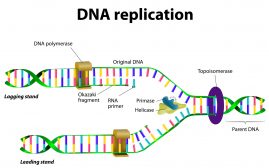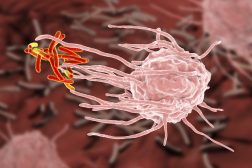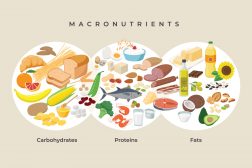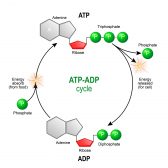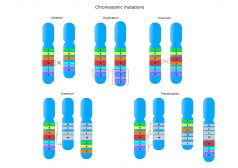Definition
noun
A highly contagious air-borne disease caused by varicella zoster virus commonly affecting children and manifests as a pruritic blister-like rash on the skin and mucous membranes
Supplement
Chickenpox is a disease characterized by small, itchy blister-like rash on the skin and mucous membranes. The skin rash initially forms on the chest, back, and face, and then spread to the rest of the body including inside the mouth, eyelids, or genital area.1 The skin rash will eventually turn into scabs and slough off as the skin heals. Apart from the skin rash, other symptoms include fever, tiredness, loss of appetite, and headache.
Chickenpox is caused by an infection with varicella zoster virus. The virus may spread through cough, sneeze, and direct skin contact. The disease usually occurs just once due to the production of antibodies (particularly immunoglobulin G, immunoglobulin M, and immunoglobulin A) to varicella zoster virus. The virus though may remain dormant in the host’s nerve tissues and later cause another eruption of blister-like skin rash later in life, which is referred to as shingles or herpes zoster.
The disease may pose a risk to developing pneumonia, inflammation of the brain, etc.1
Variant(s):
- chicken pox
Also called:
See also:
- Varicella zoster virus
- Varivax
- Childrens immunizations
- Cartilage-hair hypoplasia
Reference(s):
1 “Chickenpox (Varicella)”. (2016). Centers for Disease Control and Prevention. Retrieved from ://www.cdc.gov/chickenpox/about/index.html.

